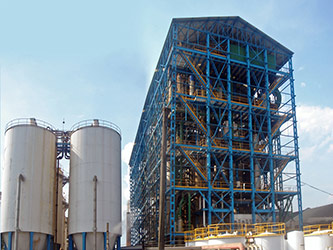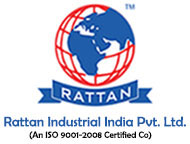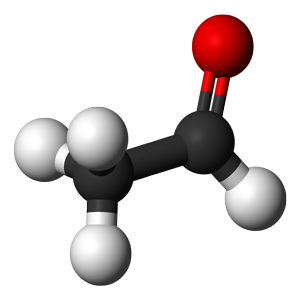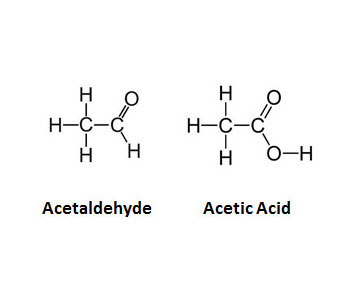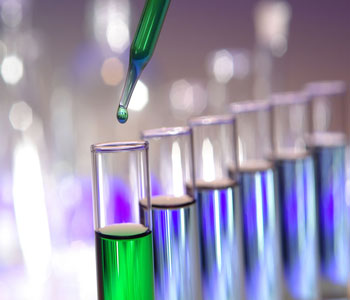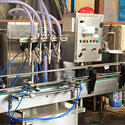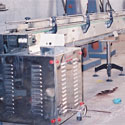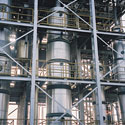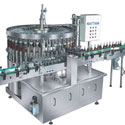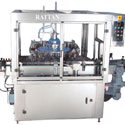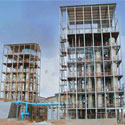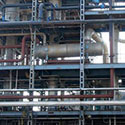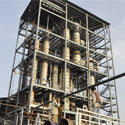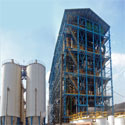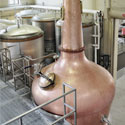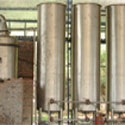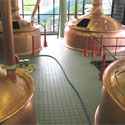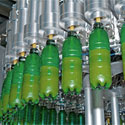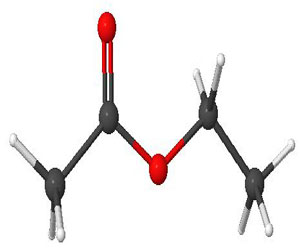
Ethyl acetate is a product of esterification reaction between ethyl alcohol and acetic acid. The reaction can be represented by
Acetic acid and ethyl alcohol are sent in a fixed proportion through a preheater to a kettle reboiler. Small amount of catalyst is added into the kettle. The reaction products are carried to the top of the column as an azeotrope, condensed and pass to a decanter. The top over flow from the decanter is partly given as reflux. The remaining part of the top over flow along with bottom of the decanter is sent to a mixer. The mixer also receives top product of the recovery column and also partly the top product of E.A.Column. The contents of the mixer after through stirring are sent to a settler. Top over flow from the settler is sent to E.A.Column. The product E.A. is drawn from the bottom. The top product of the E.A. Column is sent partly to mixer as stated above. Bottom flow of the settler is sent to recovery column whose bottoms are sent to drain. The top product after meeting reflux requirements is sent to mixer.
